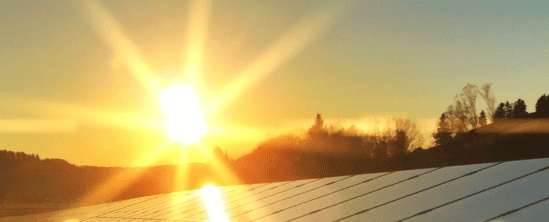A lot of solar energy generated by panels on buildings is used during the day, with any excess going to the National Grid; however, a growing number of households are looking into storing it for use at night or on cloudier days.

The power of batteries
The Department for Business, Energy & Industrial Strategy announced £32.9m funding for new energy storage technology last year, recognising that it is an essential part of the UK having affordable renewable energy.
Batteries can be used to store solar power. Many of these are lithium-ion, similar to those found in computers and mobile phones, but on a much larger scale. They are large and bulky but are quickly evolving; for example, Tesla’s Powerwall is specifically designed for homes.
When sunlight is converted into electricity by solar panels, it enters the battery and can be stored until it is needed. This makes homeowners energy-independent and able to use all the energy created by their solar panel systems rather than it going back into the grid and being used by others.

Installation
Homeowners who are looking to install solar panels to generate their own electricity will want to consider adding a storage battery at the same time so that they can choose when they want to use the electricity. Anyone who is looking at solar panel installation Nailsea can ask a specialist installer such as https://redbridgeandsons.co.uk/solar-pv-panels/solar-panel-installers-nailsea for advice about which system would be best for their property.
Fortunately, unlike a generator, these batteries are quiet and able to hold their charge for several days. As they are constantly evolving, they are likely to come down in price and require less maintenance in future, helping more people to do their bit for the environment.
